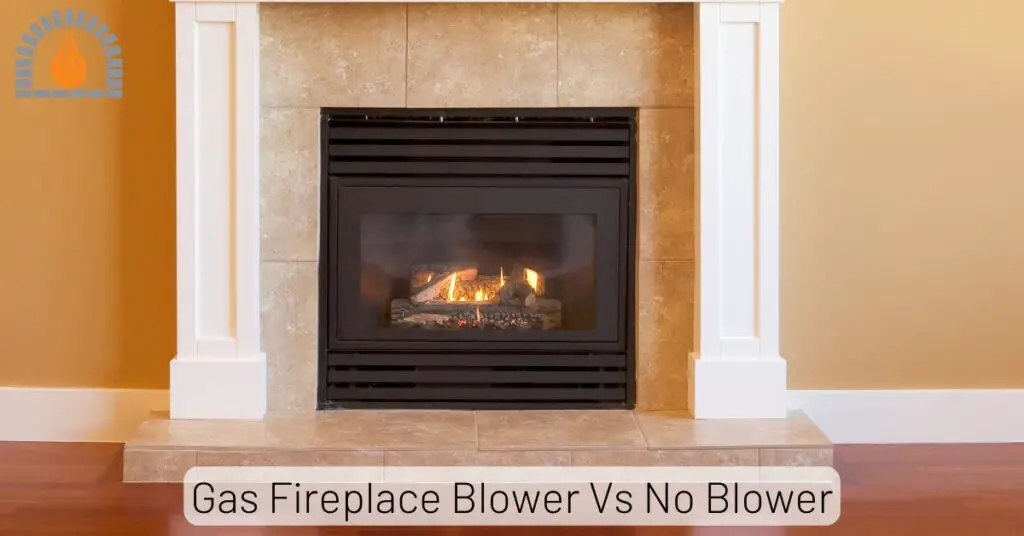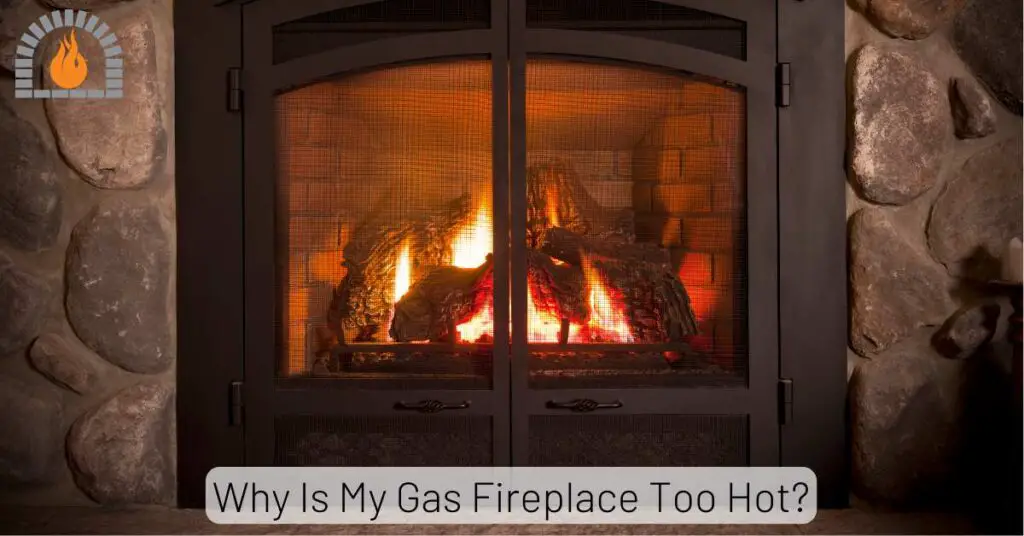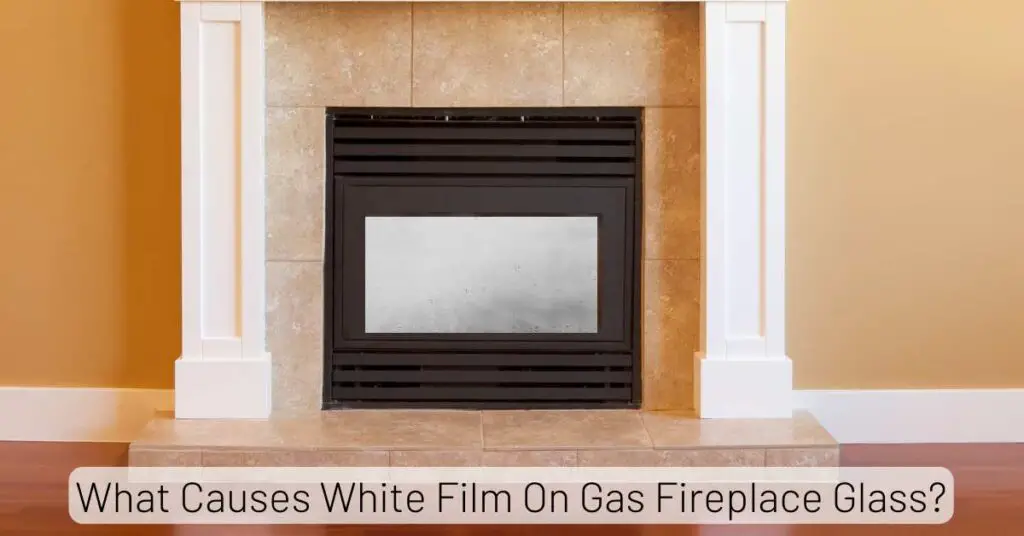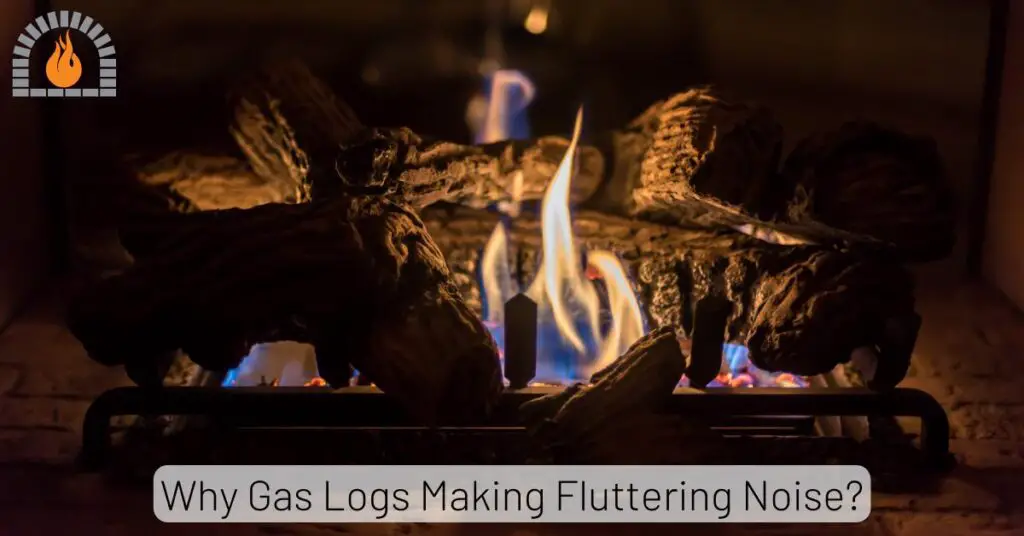When I first started exploring heating options for my home, I quickly realized that not all fireplaces are created equal—especially when it comes to efficiency. That’s when I discovered the remarkable advantages of a gas fireplace.
Gas fireplace efficiency isn’t just a buzzword; it’s a key factor that can significantly impact your comfort and energy bills during those chilly months.
In this post, I’m going to dive into what makes gas fireplaces so efficient, and why they might be the perfect solution for anyone looking to keep their home warm without breaking the bank.
| Fireplace Type | Efficiency Range (%) |
|---|---|
| Direct Vent | 70% – 85% |
| Ventless (Vent-Free) | 80% – 90% |
| B-Vent (Natural Vent) | 50% – 60% |
What is Gas Fireplace Efficiency?
Gas fireplace efficiency refers to the percentage of fuel energy that is converted into usable heat within your living space. It’s an important metric because it directly impacts your energy bills and the environmental footprint of your home.
The efficiency of a gas fireplace can vary significantly depending on the type, design, and installation quality.
How Efficient is a Gas Fireplace?
Many gas fireplace models boast efficiency ratings between 68% and 90% in terms of fuel utilization. This efficiency rating means that 68% to 90% of the energy produced by burning gas is converted directly into heat for your home, with minimal energy lost through the exhaust.
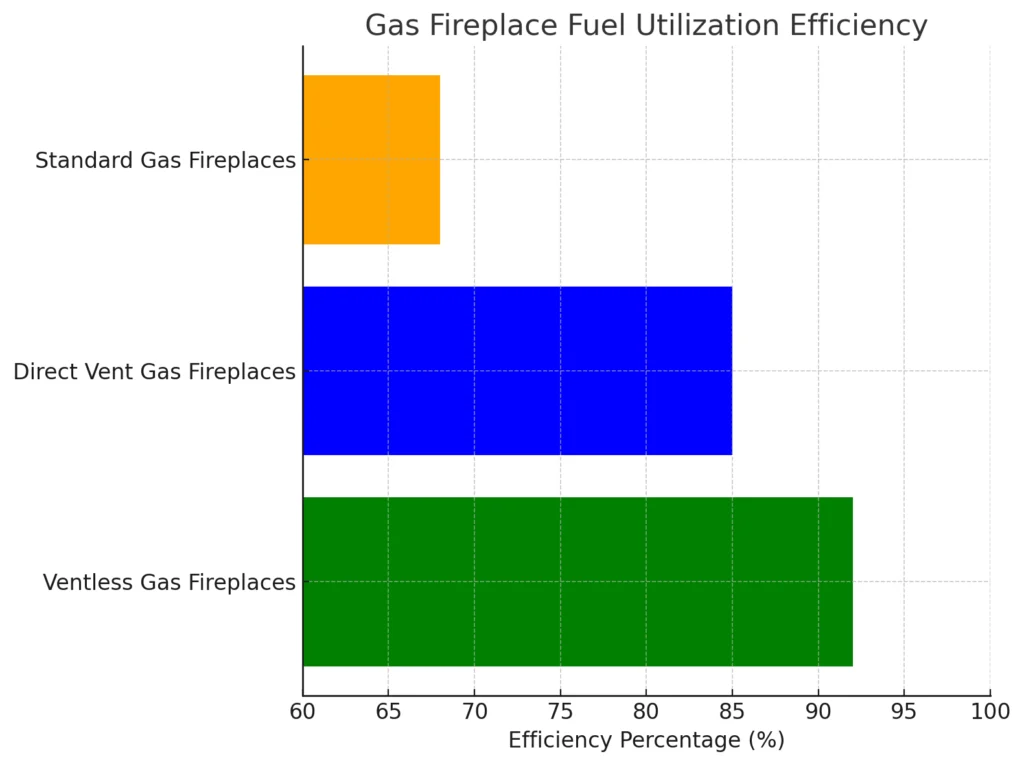
Factors Influencing Efficiency of Gas Fireplaces
1.Type of Gas Fireplace
Ventless (Vent-Free) Gas Fireplaces have efficiency ratings often between 80% and 90%, with a 10% to 20% heat loss relative to the fuel ratio. Since they don’t require a chimney or flue, most of the heat generated stays within the room.

In contrast, Direct Vent Gas Fireplaces typically have efficiency ratings ranging from 70% to 85%. They use a sealed combustion system, drawing air from outside and venting exhaust directly outside, which minimizes heat loss while still providing good ventilation.
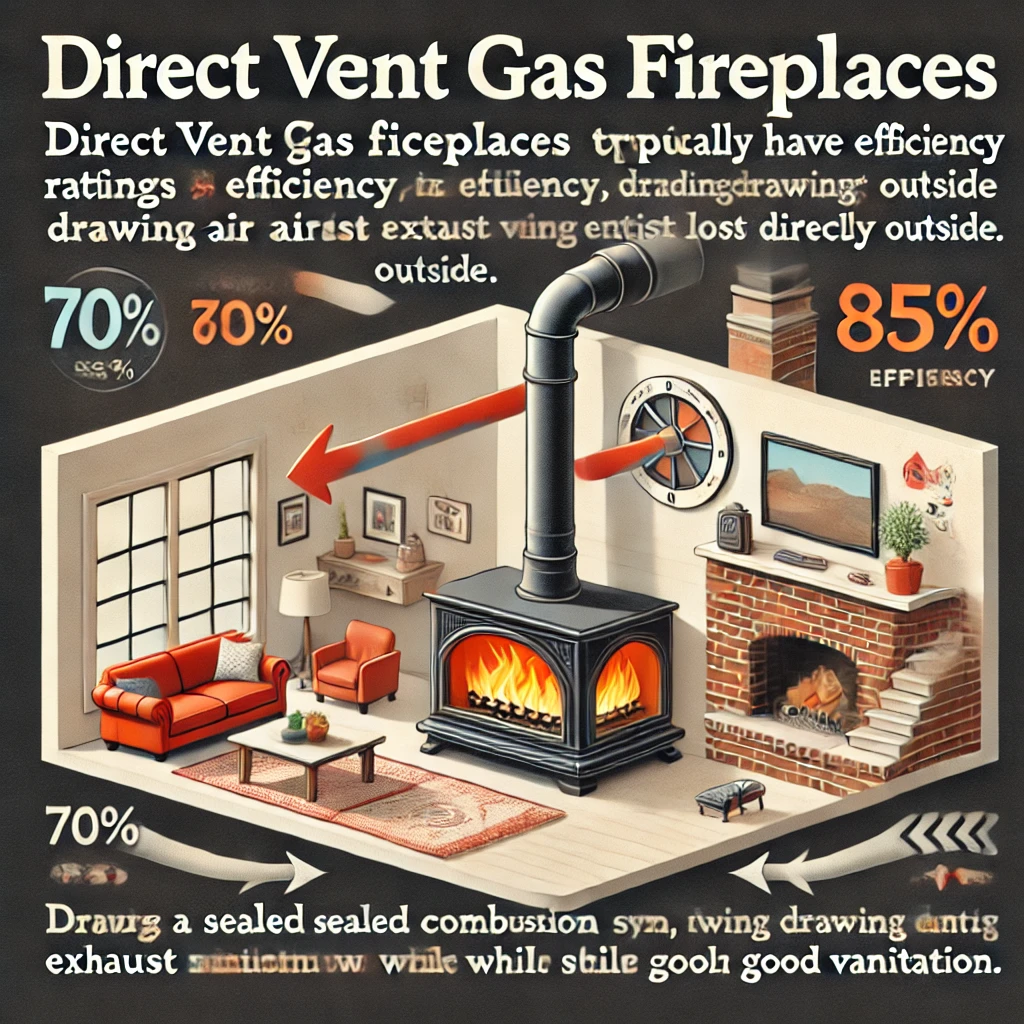
2. Fireplace Design
Gas fireplaces with sealed combustion chambers are more efficient because they reduce the loss of warm air and increase the amount of heat that stays inside your home.
In contrast gas fireplaces come with blower fans that help distribute heat more evenly throughout the room, improving the overall efficiency by ensuring more of the generated heat is used effectively.
3. Thermostatic Controls
Gas fireplaces with thermostatic controls are more efficient because they automatically regulate the flame height and gas flow to maintain the desired temperature, preventing energy wastage.
4. Type of Gas Used
Propane gas fireplaces generally have a higher energy content (about 2,500 BTUs per cubic foot compared to 1,030 BTUs per cubic foot for natural gas), which can make propane fireplaces slightly more efficient.
Gas Fireplace Efficiency Comparision Chart
| Type of Gas Fireplace | Efficiency (%) | Heat Output | Installation Complexity | Indoor Air Quality Impact | Suitable Home Types |
|---|---|---|---|---|---|
| Direct Vent Gas Fireplaces | 70% – 85% | High | Moderate to High | Low | Newer homes, homes with existing ventilation systems |
| Ventless (Vent-Free) Gas Fireplaces | 90% – 99% | Very High | Low to Moderate | High | Homes without existing chimneys, small spaces |
| B-Vent Gas Fireplaces | 50% – 60% | Moderate | High | Moderate | Older homes, homes with existing chimneys |
How to Make Your Gas Fireplace More Efficient in Fuel Consumption with Less Heat Loss?
If you’re looking to boost the efficiency of your gas fireplace and cut down on heat loss, here’s a simple tip, if you have an older masonry fireplace, switching to a gas fireplace insert can make a world of difference. I was surprised knowing how much more heat it provided, without wasting energy.
These inserts are specifically designed to minimize heat loss and increase warmth. Many come with a double flue system that pulls in combustion air from outside. This not only saves indoor air but keeps more heat inside where you want it to trust me, it’s a game-changer.
If you can, I highly recommend upgrading to a direct vent system. Direct vent gas fireplaces are incredibly efficient because they draw fresh air from outside for combustion and send exhaust out through a separate pipe. This setup keeps more heat in your home.
Also, don’t underestimate the power of installing glass doors on your gas fireplace. They help trap heat, reduce drafts, and stop warm air from escaping when the fireplace is off. Plus, they give you better control over how the heat is distributed. I loved the immediate difference it made in how cozy the room felt.
If you really want to maximize heat output, try adding a fireback. This metal plate sits behind the fire and reflects heat into the room, improving heat output by up to 15%. It’s such a simple addition, but it really does make a noticeable impact.
One more tip: using a programmable thermostat was a real game-changer for me. It allowed me to set specific temperatures, so my fireplace only ran when necessary, saving both fuel and money. No more worrying about overheating or leaving the fireplace running too long.
And don’t forget, annual inspections and cleanings are essential. I make sure to schedule mine every year, and it’s really paid off. A well-maintained fireplace runs smoothly and efficiently—no blockages or faulty parts holding back its performance.
Affiliate Disclosure: Fireplaceadviser.com is a participant in the Amazon Services LLC Associates Program. We may earn a commission when you click on certain links on this site and purchase.

Hello!! I am Jamal Khan. I often fix my home electric heaters and gas stove problems and research the common issues in the heating units to improve my knowledge and expertise. The aim of establishing fireplaceadviser.com is to share my expertise and knowledge with my audience.








